Edible Plants and Botanical Illustration

The winter has crept into spring, and it’s only now that that the woodland plants I associate with the beginning of the new year are beginning to appear. It’s a time to get drawing, and eating edible plants.
Many of the common British wild plants can be eaten raw, or cooked; and some are truly delicious. I was lucky enough to work with Adele Nozedar on her excellent Hedgerow Handbook; she sourced and invented wonderful recipes as I provided illustrations of edible plants from my botanical sketchbooks.
A springtime walk in your local woods will find some of the best edible treats of the year; all of the ones below can be eaten raw then and there (or, if you prefer a more cultured approach, mixed in with salads and accompanied by linen and fine wines once you’re home again…) Be sure to double check that you know what you’re eating before you begin your feast.
Young beech leaves are nutty, and slightly bitter. Be sure to get them early, preferably just as they’ve emerged from the bud.
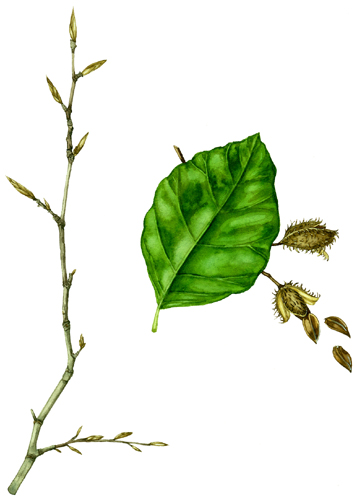
Dandelions are amazingly versatile, you can eat both the flower heads and buds as well as the leaves. The petals can be a bit much if you cram a whole handful in at once, but a few eaten straight are delicious, with a slight taste of honey. The leaves are edible too, especially if you get them very young, before they become bitter.
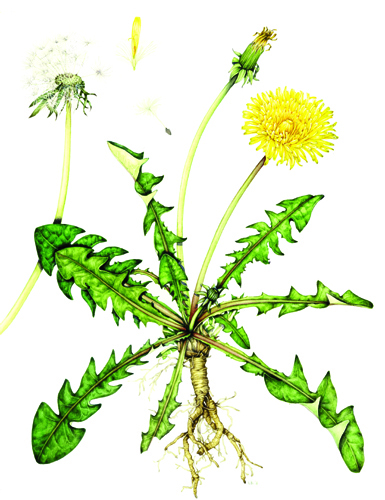
The Hawthorn has tasty, nutty young leaves which are sometimes referred to as “bread and cheese”. As with all leaves, get them while they’re young if you want them to taste their best.
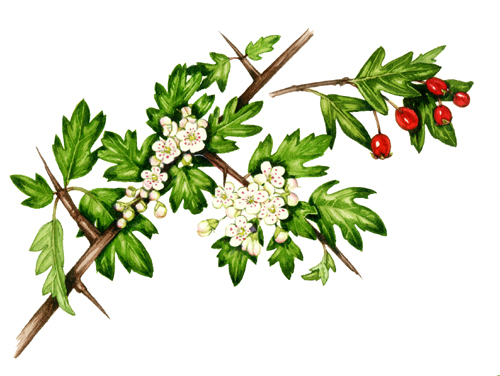
One of my favourites is the curled up tips of emerging ferns, known as fern “croziers”. They taste light and fresh, and a bit like walnuts. It’s tempting to browse on them as you walk along a path, specially if they’re really abundant. They taste even better if you get them before they begin to unfurl.
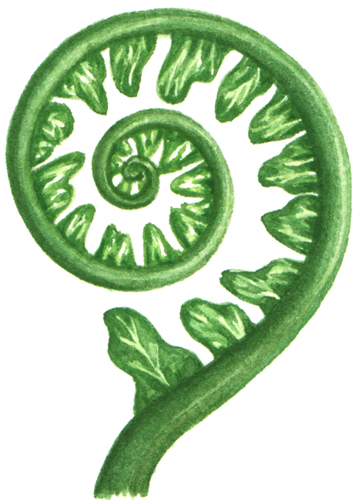
The next plant, a nettle, is familiar to most of us (often from being stung!). It’s well known that you can make a lovely soup from young nettles; but a good party trick is to demonstrate that the leaves can also be eaten raw. The way to make them edible is to roll them vigorously in the hand for a few seconds so that all the stinging hairs are crushed. Then pop the leaf in and chew. They don’t taste spectacular, but the “wow” factor is such that I reckon it’s worth including them in a walk of edible plants.
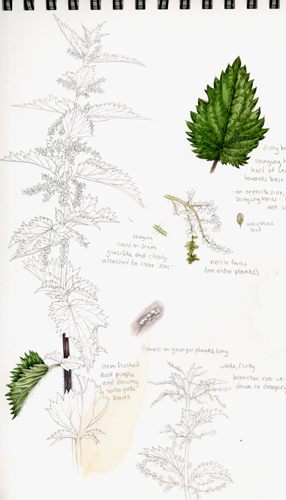
edstraws are a little spiky to eat raw, but are so prolific that I reckon they need including. Pick a handful and cook them as green vegetables. All the species are fine to eat; this is a plate of them from HarperCollins Flower Guide.
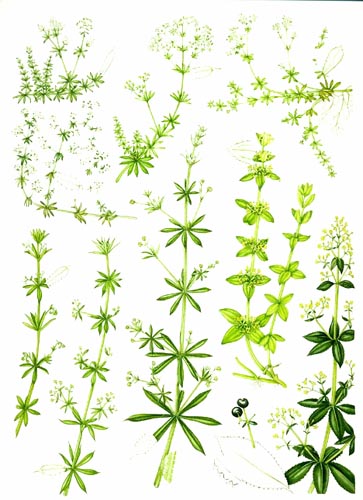
’ve left my two favourites until last. Both of these taste absolutely delicious raw, and spring walks are punctuated by long breaks as my children glut themselves on these plants. The first is wood sorrel, which has a tangy fresh taste, thanks to the oxalic acid in its leaves.
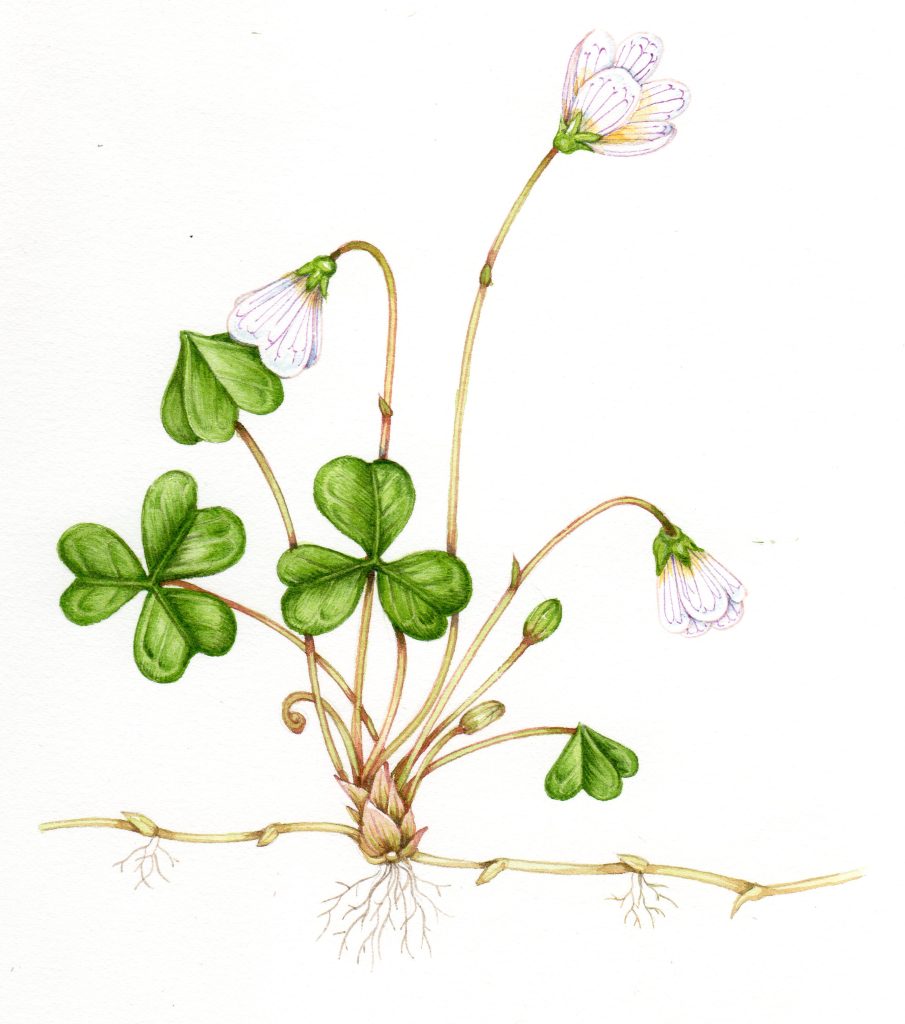
My 3 year old daughter refers to it as “lemony”, an accurate description. It’s the trifoliate leaved plant with white flowers in the foreground of this landscape. Leaves are often an alarmingly yellow shade of green.

Wild garlic or ramsons is the king of edible plants; it can be eaten raw or cooked (try using the leaves as spinach, or as the leafy component of a delicious pesto). You can often smell wild garlic before you see it, and it can be wildly prolific, lining woodland banks with its lush green foliage and star-like white flower heads.
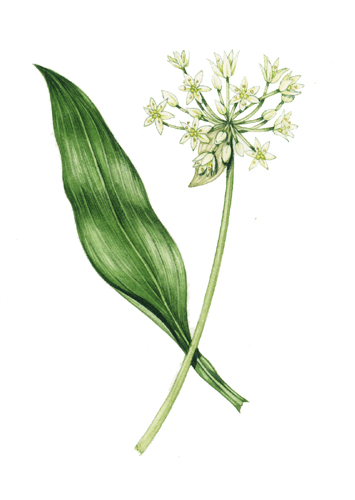
The leaves taste strongly of garlic (the plant is a member of the onion family) and are delicious. The flowers can be eaten too, and taste like sweet garlic. Wonderful. The only drawback being that, inevitably, the whole family reeks of garlic for hours after we get back from our walk.
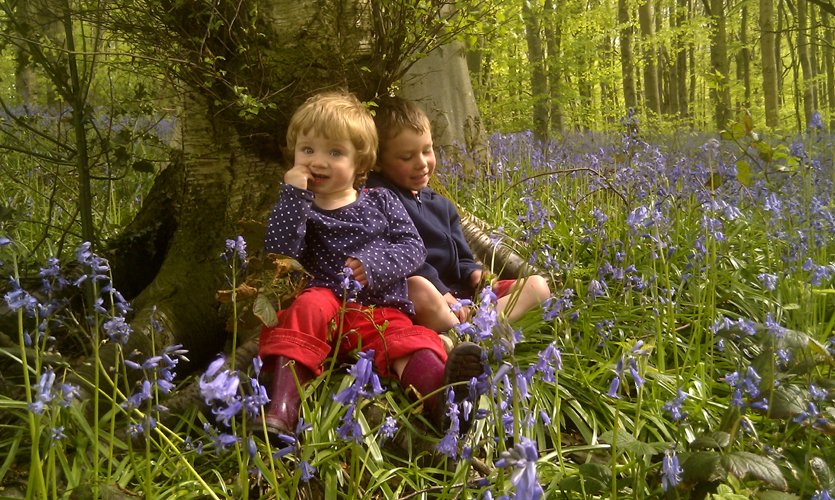
Do remember to respect the plants you’re browsing on; never pick more than a few of one species and only harvest a few plants from each cluster; and never pull a plant up by its roots. For much, much more on the treats and folklore associated with some of our British wild plants; visit Adele Nozedar’s page and follow her on Twitter. Get your sketchbooks and field drawing kit ready (I take a propelling pencil, rubber, a small jar of water, no. 2 paintbrush and a little watercolour box); and set off into the springtime woodland. Just be sure to go with an empty stomach.


Beautiful illustrations. Love the photo of your little ones, too.
Thanks Christine. Although they’re not so little now, being 17 and 13! But they still eat sorrel and pennywort, and make nettle soup and wild garlic pesto.